Table 1.
Glossary of software, hardware, and algorithm technologies.
| Software, hardware, and algorithm technologies | Definition | |
|---|---|---|
| 5G/4G/LTE | 5G is the fifth generation of wireless network connectivity for mobile telecommunication. It uses higher frequency waves compared to fourth generation (4G) options. |

|
| Internet of Things (IoT) | The phenomenon of allowing numerous extensions of the internet and other network connections to different sensors and devices employed in everyday use. |
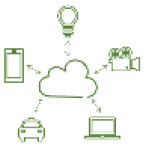
|
| Artificial Intelligence/Machine Learning | Artificial Intelligence (AI) mimics cognitive systems by learning about its environment and problem-solving to achieve its goals, typically under the umbrella of machine leaning (ML), and natural language processing (NLP). |
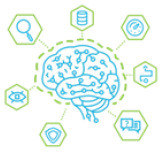
|
| Wearables | Small computing device worn on the body. This technology includes fitness trackers, smart watches, or smart glasses. |
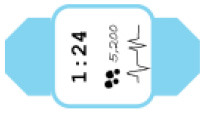
|
| Blockchain | Blockchain is a distributed, public ledger, that records transactions and tracks assets, and of which immutability is guaranteed by a peer-to-peer network of computers instead of a centralized authority. |
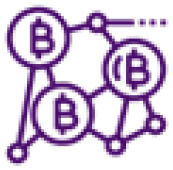
|
| Biometrics | Unique metrics related to human characteristics, generally employed for identification, or authentication (ex: fingerprints). |
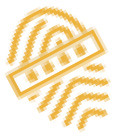
|
| Li-ion/Li-X | Li-ion batteries are typically used in portable electronics and can be re-chargeable. During discharging phase, lithium ions move from the negative electrode to the positive electrode through an electrolyte. Due to dramatic decreases in cost and improvements in efficiency, Li-ion batteries comprise of about one-third of the battery market and since 2015, the automotive segment has been its key driver. Li-X refers to variations using unconventional anodes to improve theoretical density. |

|
| Energy Harvesters | Energy harvesting is a process in which ambient energy is converted to electrical energy. Some examples include solar farms that are aimed at harvesting photovoltaic energy or leveraging piezoelectricity with materials like quartz. |

|
| 3D/4D Printing | 3D printing is an additive manufacturing process where plastic, metal, ceramics, powders or living cells are deposited, or fused layer by layer to make usable solid objects from 3D model data. |

|
| Telemedicine/Telehealth | Telemedicine is often used interchangeably to telehealth, but its scope is narrower. Telemedicine is the practice of medicine conducted remotely, including diagnosis and symptom monitoring, whereas telehealth includes non-clinical applications in addition to preventative, promotive, and curative care delivery. |
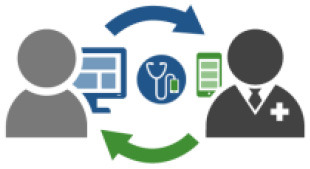
|
| Virtual Reality | Virtual reality (VR) technologies provide an immersive experience that allow users to navigate through digital environments to carry out specific tasks. Recent studies have explored how VR can complement neuromodulation techniques. |
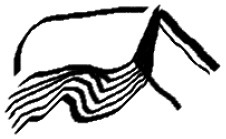
|
